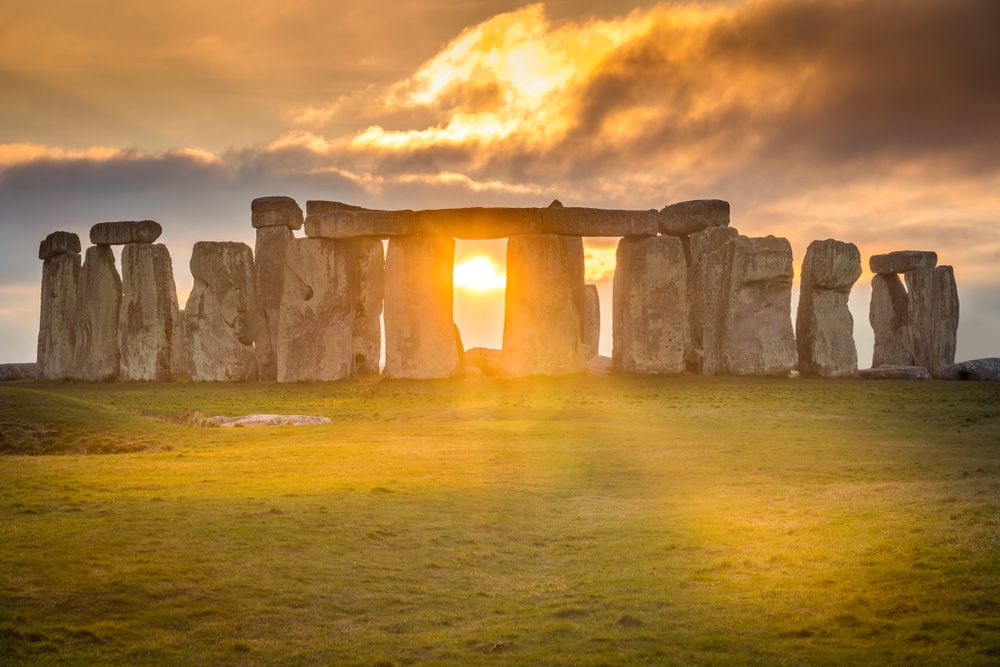What is a toponym? There are so many different ways to use the English language, you won’t be surprised to know that toponyms are another iteration that can help to enrich our understanding of our unique home, culture, and location. We promise that you’ve used them before, and will eventually use them again! In this blog post, we explore what toponyms are, discuss normal use cases and mistakes, and give our list of toponyms that we’re sure you’ll want to visit!
What is a toponym?
Toponyms are words in the English language that indicate a regional area…by proper definition. The name is rooted in the Grecian “topos,” which translates to region. However, as toponyms grew with use, and new lands were discovered over the centuries, the meaning of the word has graduated to mean a name given to any general place or space. These can range in size, region, and overall location. Technically, Jupiter could be used as a toponym!
Proper use and examples of toponyms
Toponyms are considered to be proper nouns. For this reason, although you may argue that something is in a region relative to something else (i.e. the chair is located in the kitchen region of your house,) you could not use these as you would toponyms, applying the rules of capitalization that proper nouns bear.
Instead, you could apply toponyms anywhere that you would a proper noun, and give it the name it deserves. New York is a toponym. Cape Cod, Massachusetts is a toponym. Jupiter is a toponym too, although we doubt you would visit!
We use these seamlessly in our daily lives, and they help us to better understand and communicate important information about where we are and where others can be with us in order to facilitate connection and communication. They are also important because toponyms solidify our knowledge of home, or our sentiment toward certain places.
For example, if you were to be married in Surfer’s Knoll by Ventura, California, these toponyms may hold a special place in your heart. Or, Disneyland may be a place you wish to visit with your family, so you may plan a trip there. These are examples of properly used toponyms.
Top toponym travel list
If you’re a seasoned traveler, you can enjoy an adventure abroad to these rare and exotic toponyms!
Bagan, Burma
View the breathtaking temples and go off of the beaten path in the exotic location of Burma. The red-clay cathedrals scrape the sky, providing you with an otherworldly experience that you won’t want to miss.
Marble Cathedral, Chile
This breathtaking cave system features teal, crystal clear waters and irrisistably tantalizing views. Bring your camera and your kayak and soak in teh sights with this amazing adventure!
Spotted Lake, British Colombia, Canada
This gorgeous scene is straight out of a fairytale book. The heat interacts with the water making it appear spotted, and you are surrounded by picturesque views. You won’t regret this unique travel destination!


